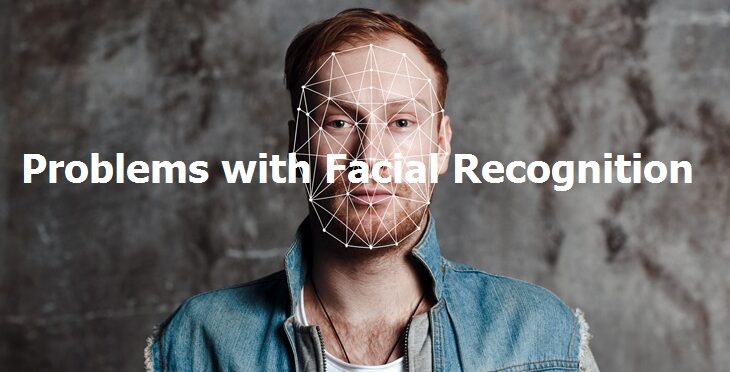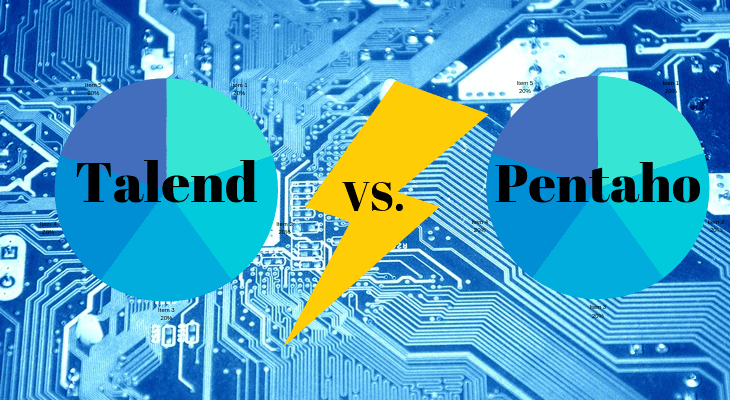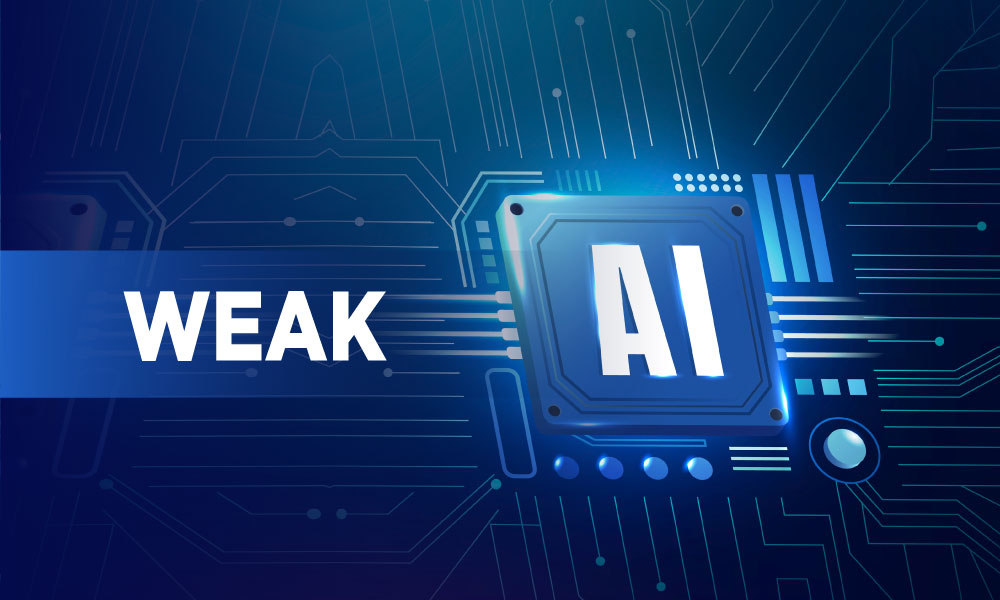Facial recognition software is used across a bunch of devices and systems to identify a person.
And this technology is gaining quite a significance with the current COVID-19 crisis due to the hands-free access.
But there are a few problems associated with this technology that you should address before implementing it.
We will be looking at some of the key problems one might face in implementing facial recognition.
Top Problems You Need to be Careful about Facial Recognition
There is no specific law that regulates the use and scope of technology in most of the countries across the world. This situation leads up to misuse of power and results in unauthorized surveillance.
Some countries are coming up with laws that will ensure the authorized use of the technology.
If facial recognition technology is used by the governments/companies for surveillance, it may lead to violation of citizen privacy.
Governments/Organizations need to take consent of the citizens/employees/visitors so that it wouldn’t breach their right to privacy.
Companies and the governments need to ensure that they are only collecting the data out of requirement and not using it to engage in any personal vendetta.
Countries should have a clear and decisive policy that dictates the guidelines to adhere to the necessity and proportionality.
If facial recognition is not implemented properly, it may lead to targeting a person or group of people based on their race/ethnicity/gender.
Governments need to ensure that no companies or agencies are collecting facial recognition data in a manner that targets a particular person or group of people.
Also Read: What are the Top Open Source Facial Recognition Software?
You may not have uniform lighting everywhere, and fluctuations in lighting can cause severe inaccuracies in the results.
This can hamper the entire user authorization process as a whole. You need to ensure that there is a uniform lighting system.
Facial recognition data is stored on the basis of the pictures stored in the system.
And, it’s a common knowledge that our faces do change with age, and the lack of facial data updates can lead to system malfunctions.
To avoid this challenge, you can ask the users to have the facial data updates at regular intervals.
There can be some blind spots or angles that can hamper the effective and proper use of facial recognition technology.
This especially creates problems in the effective implementation of surveillance.
To avoid this issue, you need to ensure that there are minimum blind spots and clear angle shots available.
Key Takeaways
We can see that there are two core challenges in the implementation of facial recognition technology. You’d need to address both the legal and functional challenges for the effective and secure usage of the technology.
You may like to read:
Computer Vision And Facial Recognition: Real World Applications





